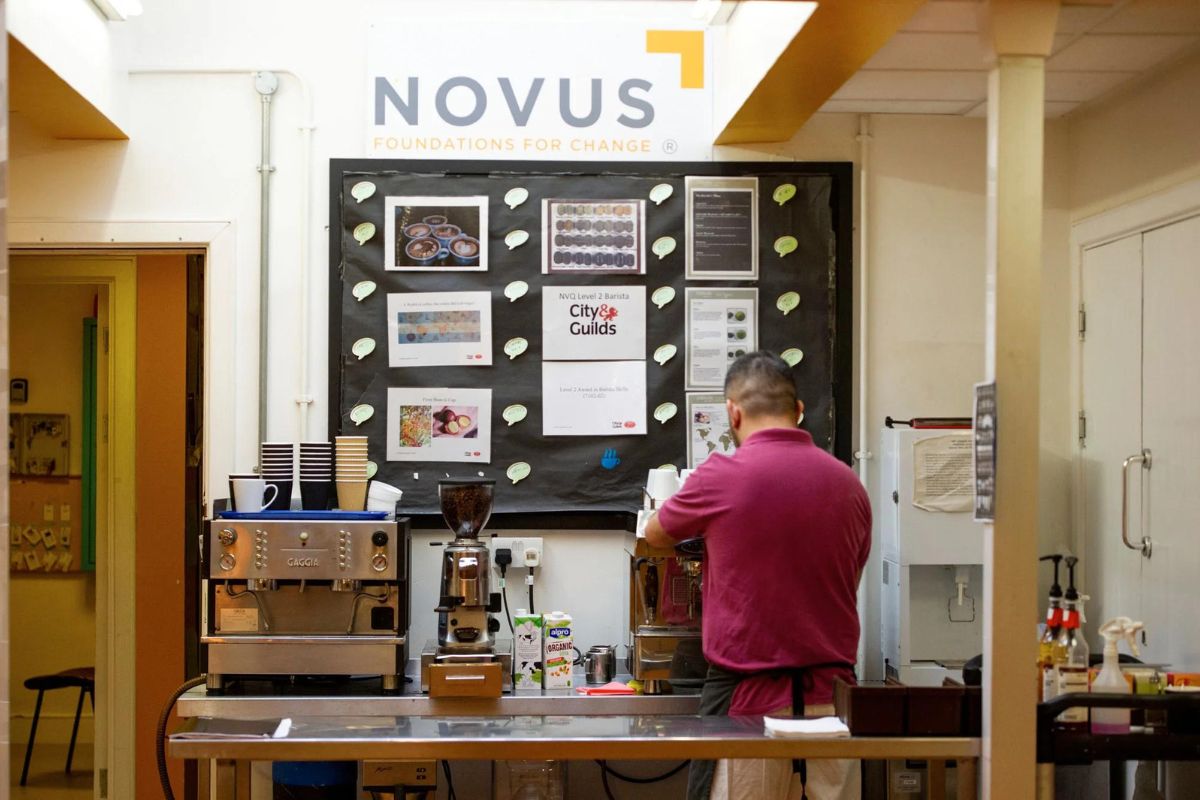Understanding Agile in Project Management

Association for Project Management
Daniel Nicholls, research manager at Association for Project Management (APM), the chartered body for the project profession, shares insights into the benefits of agile project management and some of the potential barriers, following the launch of APM’s latest research study Understanding Agile in Project Management, carried out with the University of Southampton.
Agile has been introduced to – and is spreading across – many different industries across the UK. While not surprisingly, software development and IT remain the most common areas where agile methods are applied, other sectors, including consultancy, construction, aerospace and defence, central government, financial and professional services, energy and utilities, and higher education are adopting agile techniques to manage projects.
Understanding Agile in Project Management presents evidence to suggest the wider adoption and implementation of agile will continue. The research shows that the majority (68 per cent) of respondents to the research survey claim they are going to practice more agile in their projects in the future.
What are the benefits of agile?
The research reveals that the adoption of agile carries many potential benefits for projects and project organisations. The majority of research participants (76 per cent) claim that agile brings positive effects to project performance including:
- Enhanced quality
- Enhanced ability to manage priorities
- Shortened delivery time
- Improved customer satisfactions
- Reduced risks against changing environments
- Better project visibility
- Improved team morale and productivity
Martin O’ Neill, a member of APM’s Understanding Agile in Project Management steering group and Advanced Certified Scrum Master commented: “The agile values and principles with a range of supporting frameworks, tools, techniques and methodologies mean agile can be successfully applied to various types of projects across industry sectors in a tailored way.
“A well implemented agile project can be a win-win-win for individuals, projects, and organisations.”
What are the challenges?
The research does, however, caution that agile is not always beneficial and can often present challenges to those seeking to implement it. Applying agile can require changes to the existing organisational structure and management at both project and organisation levels. Five of the most concerning challenges identified in applying agile are:
- The lack of understanding from employees
- Inconsistency across project teams and the organisation
- General resistance to change
- Lack of alignment with compliance guidelines/frameworks
- Insufficient management inputs/participation
Cultural readiness for agile
Agile is still emerging for many organisations. The research shows that, overall, organisations’ competency and culture are not yet fully ready for agile, with only 15 per cent of research participants rating their organisation’s agile competency as high, and only 20 per cent rating their agile cultural readiness as high. The majority of participating organisations having less than five years of experience in practicing agile.
The importance of leadership
The importance of leadership in promoting agile cannot be overstated. In most cases, the resources and cross department collaboration can hardly be achieved without leadership buy-in and/or organisational support. Without the support of leaders, agile can even develop into dysfunctionality and potentially becomes a major risk.
APM’s report, Understanding Agile in Project Management, can be downloaded here.












Responses